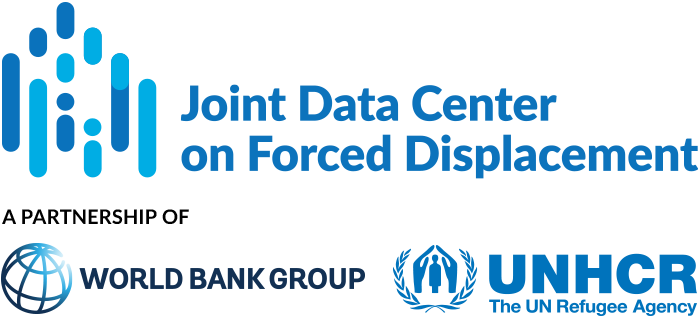Information and communication technologies have arguably improved refugees’ lives, and by some measures, improved humanitarian assistance (e.g. aid delivered via mobile money), yet they can potentially cause harm. This paper discusses three interrelated digital...
Search Results
Predicting Forced Population Displacement Using News Article
This paper proposes an approach for analyzing a collection of news articles to extract ‘signals of violence’, which can be used in prediction models to forecast forced displacement. The authors test their proposed approach using news articles drawn from the Expanded...
Refugee Camp Population Estimates Using Automated Feature Extraction
There is a growing trend in the use of aerial and satellite images to derive estimates of displaced populations in camps. High-resolution satellite imagery can be used to map physical structures in refugee and IDP camps, including changes to the number and type of...
The Return to Big City Experience: Evidence from Danish Refugees
The authors exploit the random settlement policy for refugees in Denmark between 1986-1998 to examine the effect of locations on refugees’ wages. During this period, the Danish government assigned 80,000 refugees across 271 municipalities, in proportion to local...
Improving Refugee Integration through Data-driven Algorithmic Assignment
When refugees are resettled in third countries, resettlement countries do not fully leverage the factors that promote refugee integration such as: (1) geographical context (e.g. economic and social opportunities available in resettlement locations); (b) personal...
Dynamic Refugee Matching
Asylum seekers are often assigned to a locality in their host country based on uninformed random mechanisms, which do not consider the characteristics of the asylum seekers in the matching process. Consequently, this approach may lead to an inefficient and unfair...
Matching Refugees to Host Country Locations Based on Preferences and Outcomes
The idea of refugee matching is to select resettlement locations that are likely to be a good fit for a given refugee to thrive. Research has shown that the place of initial settlement has a profound impact on the long-term integration success of refugees [see for...
JDC Seventh Newsletter, 2020
Evidence-based responses to the COVID-19 emergency Dear Colleagues, August 2020 marked the third anniversary of the events leading to the displacement of more than 700,000 members of the Rohingya community into Bangladesh. This humanitarian crisis has attracted the...
Subscribe to our newsletter
Subscribe to the JDC NewsletterSubscribe to our newsletter. Visit the following page: https://www.worldbank.org/en/newsletter-subscription?jdcfd=true Click on "Sign Up" button in the box "Joint Data Center on Forced Displacement Newsletter" Fill out your email and...
Joint Data Center Webinar – Answering the Call: Forcibly Displaced During the Pandemic
JDC Webinar - Answering the Call: Forcibly Displaced During the Pandemic The Joint Data Center on Forced Displacement (JDC) recently published a working paper, called Answering the Call: Forcibly Displaced During the Pandemic, the second issue as part of the JDC...


